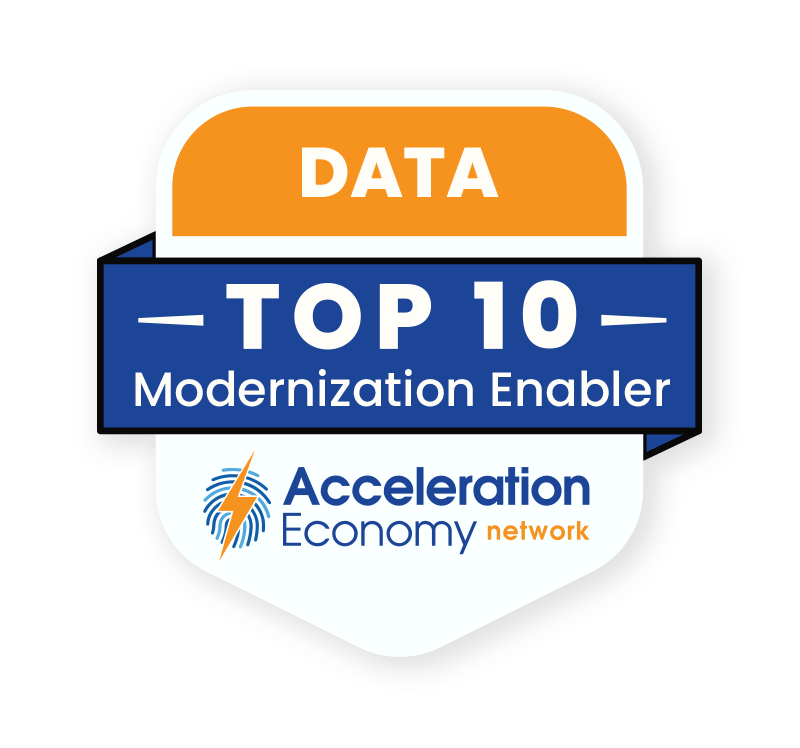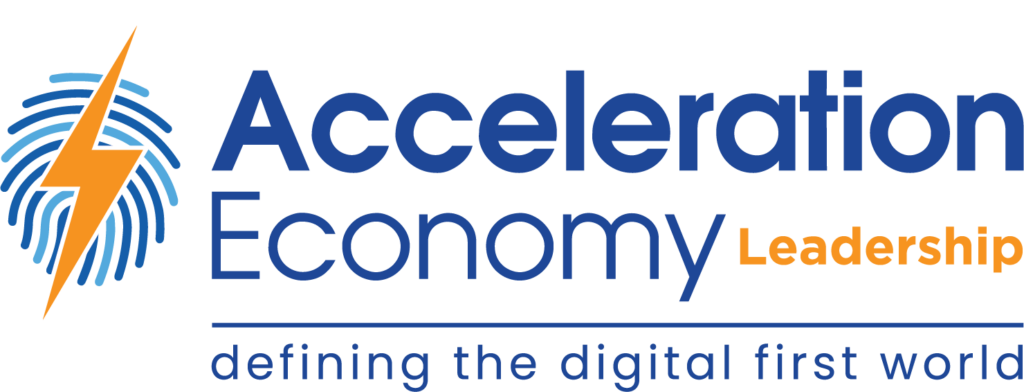The incorporation of social determinants of health (SDOH) data into healthcare systems is a game-changer, enabling us to more effectively address health disparities and improve overall health outcomes. As someone who is passionate about equitable global access to state-of-the-art health technology, I’ve been following the innovations in leveraging SDOH data closely.
One promise of SDOH is the ability to use the data, aggregated with patient health information (PHI), to provide personalized care and prevention strategies. By understanding the unique circumstances and risk factors affecting each patient, healthcare providers can tailor their care and prevention plans to better meet individual needs. This personalized approach not only enhances the patient experience but also contributes to reducing healthcare disparities across different population groups.
Moreover, SDOH data could play a crucial role in resource allocation and policy development. By analyzing this data, healthcare organizations and government agencies can pinpoint the areas and populations that require the most support. This allows for efficient allocation of resources and the creation of targeted policies aimed at addressing health inequities. SDOH data empowers healthcare providers and community organizations to identify trends and patterns in specific communities, leading to the design and implementation of targeted community health initiatives.
In this analysis, I’ll cover SDOH in the context of the current healthcare system, ways that leaders and data engineers can start to incorporate this resource into their organizations and systems, and some cloud software applications that can be used for this purpose.
SDOH in the Wild
In a recent article, a team of researchers from Johns Hopkins University outlined various ways to effectively integrate Social Determinants of Health (SDOH) data into healthcare systems. The integration process aims to address health disparities and improve patient outcomes by incorporating non-clinical factors that impact an individual’s health. The team highlighted the importance of standardizing data collection, utilizing interoperable electronic health records (EHRs), and collaborating with community partners to gather and analyze SDOH data effectively. By incorporating SDOH data into EHRs, healthcare providers can gain a more comprehensive view of their patients’ health status and tailor care plans accordingly.
The Johns Hopkins team also emphasized the need to develop robust data governance policies and ensure compliance with privacy regulations when integrating SDOH data. They suggested working closely with legal, privacy, and security teams to create a secure and compliant framework for data sharing and storage. Furthermore, they encourage healthcare organizations to establish multidisciplinary teams to foster collaboration and enhance the understanding of SDOH factors. By engaging stakeholders from various backgrounds, including clinicians, data scientists, public health experts, and community leaders, healthcare organizations can better identify the root causes of health disparities and design targeted interventions to improve health outcomes and promote health equity.
The most broadly distributed and used SDOH dataset today is version 1 of the Agency for Healthcare Research and Quality’s (AHRQ) database on Social Determinants of Health (SDOH). This dataset is publicly available and is a comprehensive resource designed to facilitate the analysis of health disparities and inform targeted interventions. This database compiles a wide range of SDOH factors from various reliable sources, such as government records, research studies, and public datasets. By consolidating these diverse data points, the AHRQ’s SDOH database enables researchers, healthcare professionals, and policymakers to gain valuable insights into the underlying social, economic, and environmental factors that contribute to health outcomes.
SDOH and Leadership
The chief information security officer (CISO) of a healthcare organization plays a crucial role in safeguarding SDOH data from leakage and cyber attacks. Key strategies to protect sensitive SDOH data include implementing data encryption, access control measures, multi-factor authentication, and providing security awareness training to employees. These measures ensure that sensitive information remains confidential and secure from unauthorized access. Moreover, CISOs should regularly review access permissions, conduct security audits and risk assessments, and maintain up-to-date software across the organization to minimize potential vulnerabilities.
In addition, the implementation of intrusion detection and prevention (IDP) systems helps monitor network traffic for potential threats and malicious activities, detecting and blocking cyber attacks before SDOH data can be compromised. Developing a comprehensive incident response plan, securely sharing data with external partners, and ensuring third-party partners adhere to the same security standards are also essential in maintaining the security and integrity of SDOH data. By employing these strategies, CISOs can effectively protect SDOH data against cyber threats and uphold the highest standards of data security within their healthcare organizations.
How FHIR Enhances SDOH Integration
FHIR (Fast Healthcare Interoperability Resources) serves as an essential tool for population health management by aggregating and exchanging EHR data across healthcare systems. This enables large-scale analysis of health trends within specific populations, allowing public health organizations and healthcare systems to identify at-risk groups, implement targeted interventions, and allocate resources more effectively.
Additionally, FHIR facilitates data exchange between different healthcare providers, fostering better care coordination. By integrating SDOH data into this process, providers can understand and address non-medical factors, such as transportation barriers, that may impact a patient’s health. This should lead to more comprehensive and effective care.
In the realm of remote patient monitoring, telehealth solutions often use FHIR to exchange patient data with healthcare providers. Incorporating SDOH data into these solutions allows for a more tailored approach, considering social and environmental factors that may impact a patient’s well-being and resulting in more effective remote care.
Furthermore, FHIR’s ability to combine EHR data from multiple healthcare systems with SDOH data empowers community organizations to identify health disparities and design targeted health initiatives. This data-driven approach enables organizations to measure the impact of their interventions and continuously refine their programs to better address community needs.
By integrating FHIR and SDOH data, healthcare providers and organizations can better understand and address the complex factors influencing health outcomes, ultimately leading to more effective interventions and improved overall health for individuals and communities.
Why Data Engineering Is Key
As you can imagine, data engineering plays a pivotal role in managing FHIR and SDOH data, as it ensures seamless integration and interoperability between disparate data sources, such as EHR, claims data, and social services data. By integrating these sources into a cohesive and unified dataset, data engineering not only guarantees data quality and consistency but also addresses missing values, inconsistencies, and outliers, and standardizes it all to conform to common schemas and vocabularies.
The integration of more sources means that the volume of FHIR and SDOH data can rapidly increase, which makes data engineering even more crucial for building scalable systems that can also handle this growth without compromising performance or reliability. Moreover, data engineering helps implement robust security measures, such as data encryption and access control, to protect sensitive healthcare data from unauthorized access and meet regulatory requirements like HIPAA.
Data engineering also facilitates the pre-processing and transformation of FHIR and SDOH data, making it suitable for analysis. By designing and implementing necessary data pipelines and ETL (Extract, Transform, Load) processes, data engineering converts raw data into a structured and usable format. This versatility extends to handling real-time and batch-processing requirements efficiently, ensuring timely insights and analysis.
FHIR-Powered SDOH Integration Resources
Business and tech leaders will find the need to manage FHIR and SDOH for data storage, aggregation, and analysis. Several popular data lake platforms represent good options for these functions:
Oracle Cloud Infrastructure (OCI) Data Lake: OCI can be used to store, manage, and analyze SDOH data. Designed to handle large volumes of structured and unstructured data, the OCI data lake solution is suitable for managing and analyzing SDOH data alongside other healthcare data sources.
Amazon Web Services (AWS) Lake Formation: AWS Lake Formation is a fully managed service that allows you to build, secure, and manage data lakes quickly and easily. It integrates with various AWS services, such as Amazon S3 for storage, AWS Glue for data cataloging, and Amazon Athena for querying data.
Microsoft Azure Data Lake Storage: Microsoft Azure Data Lake Storage is a scalable, secure, and cost-effective data lake solution built on Azure Blob Storage. It supports various data formats and integrates with Microsoft Azure services like Azure Data Factory, Azure Databricks, and Azure HDInsight for data processing and analytics.
Google Cloud Storage: Google Cloud Storage offers a fully managed, scalable, and durable data lake solution that supports various data formats. It integrates with Google Cloud services, such as BigQuery, Dataflow, and Dataproc, for data processing and analysis.
Databricks Delta Lake: Databricks Delta Lake is an open-source storage layer that brings reliability and performance to data lakes. It runs on top of Apache Spark and provides ACID transactions, scalable metadata handling, and unifies batch and streaming data processing. Databricks offers a managed Delta Lake service that can be used with popular cloud platforms, such as AWS and Azure.
Snowflake: Snowflake is a cloud-based data platform that offers a scalable data lake platform. It supports various data formats and integrates with popular data processing and analytics tools.
When choosing a data lake for FHIR and SDOH data, it’s essential to consider factors such as scalability, security, compliance, and integration with analytics and processing tools. Additionally, make sure the chosen system adheres to healthcare-specific regulations, such as HIPAA, to ensure the privacy and security of sensitive patient information.

Which companies are the most important vendors in data? Check out the Acceleration Economy Data Modernization Top 10 Shortlist.
Conclusion
The integration of SDOH data into healthcare systems promises to revolutionize patient care and address health disparities. As a healthcare analyst at Acceleration Economy, I’ve observed the beginnings of the significant impact that combining SDOH data with patient health information can have on providing personalized care and prevention strategies. From a data engineering and science perspective, we can reduce the friction in implementing such systems by getting started early with an SDOH data plan.
The use of SDOH data in resource allocation and policy development allows healthcare organizations and government agencies to target the areas and populations that require the most support. This facilitates the efficient allocation of resources and the creation of targeted policies aimed at addressing health inequities.
SDOH data empowers healthcare providers and community organizations to identify trends and patterns in specific communities, leading to the design and implementation of targeted community health initiatives. Through the effective use of SDOH data, the healthcare industry can work towards improved health outcomes and greater health equity for all.
Want more tech insights for the top execs? Visit the Leadership channel:








